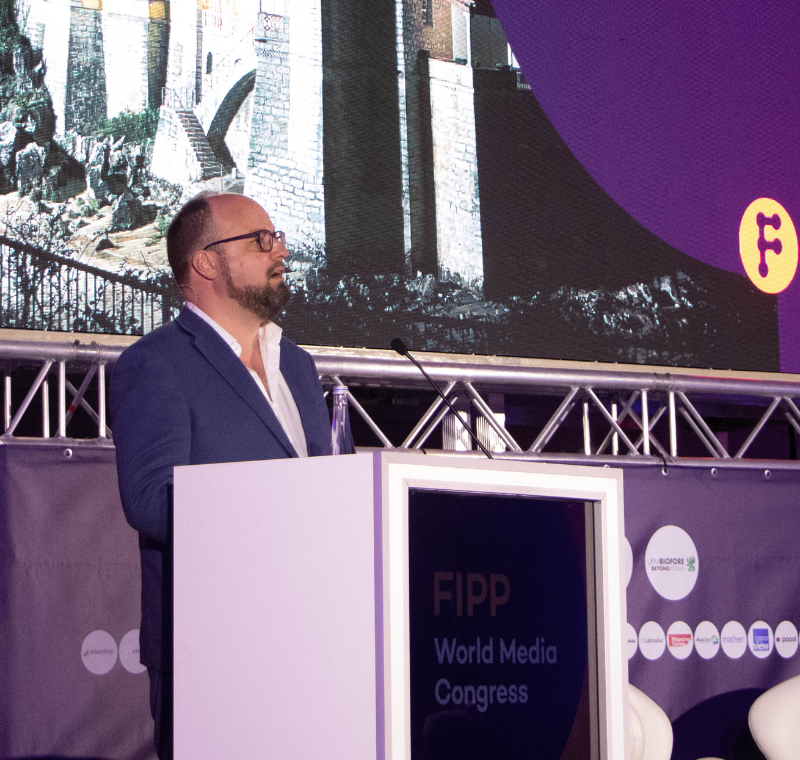What you know about FIPP Asia and what you don’t
 |
Book now to save
While we continue work on the agenda and speakers, here’s a list of facts that you might not know yet (or maybe you do?)…
What you already know about FIPP Asia

– FIPP Asia is taking place in Wuhan on 14-15 September.
– It delivers a first class programme of regional and international speakers.
– It brings together the world’s leading magazine media publishers and suppliers to explore the latest trends and solutions.
– Networking is at the heart of the event and translators are on hand to assist delegates.
– Delegates get unlimited access to the China Periodical Fair which attracts more than 100,000 buyers over the two days, 20,000 of which are from the B2B sector.
– There are just 14 days to go to make big savings on the delegate price.
What you may not know

– Wuhan is one of the largest cities in central China and is listed as one of China’s most historic cities.
– The Yellow Crane Tower is one of Wuhan’s most popular tourist attractions. According to legend it was built by an old pothouse owner called Old Xin. One day, a shabbily dressed Taoist priest came to the pothouse and asked for some wine. Old Xin paid no attention to him, but his son was very kind and gave the Taoist some wine without asking for money. The Taoist priest visited the pothouse regularly for half a year when one day the Taoist said to the son that in order to repay his kindness, he would like to draw a crane on the wall of the pothouse, which would dance at his request. When people in the city heard of this, they flocked to the pothouse to see the dancing crane. The Xin family soon became rich and they built the Yellow Crane Tower as a symbol of gratitude to the Taoist priest.
– The Guiyuan Buddhist Temple in Wuhan is famous as the first Chan (Zen) temple to be built in the Hubei province. It is home to 500 arhat (Buddhist disciples) they took more than nine years to carve and each is unique.
– Wuhan stands on the Yangtze River, the longest river in China and the third longest in the world, which is known as being the cradle for Chinese civilisation.
– Zongzi is eaten in Wuhan, particularly during the Dragon Boat Festival. It is rice wrapped in bamboo or reed leaves shaped into a pyramid in memory of Qu Yuan, a Chinese poet who drowned in the river. Legend has it that villagers threw rice into the river to feed to Qu Yan, but during a dream appearance he advised that unfortunately the fish were eating all the rice. To stop this happening villagers wrapped the rice, added a picture of a dragon and beat drums so the fish would think the rice belonged to the king and would not eat it.
FIPP can’t promise dancing cranes, Zongzi, rice eating fish or statue carving and we certainly advise delegates to keep well back from the banks of the Yantze River; but we can promise an incredible opportunity to learn from renowned local and international speakers and to provide the gateway to doing business in Asia.
Join us in Wuhan
More like this
First speakers for FIPP Asia in China announced
Chart of the week: How China’s social media giant compares to Facebook
FIPP in China: Make new connections; gain fresh insights
South China Morning Post: from press freedom to North-South swiping









